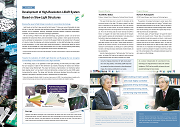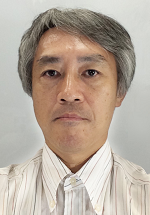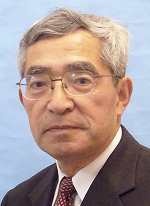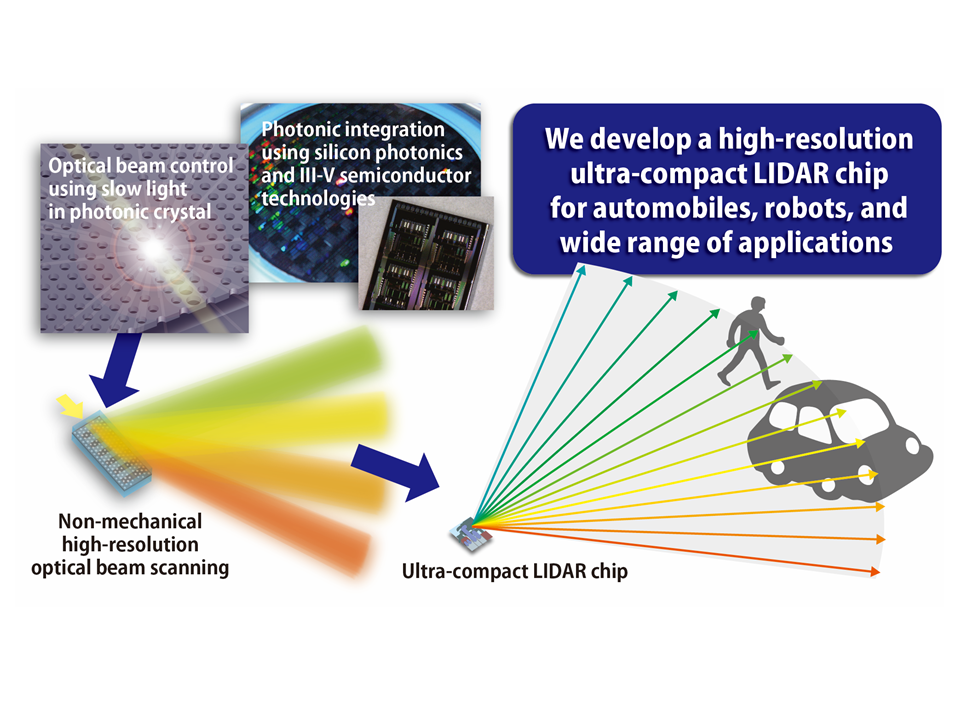- JST Home
- /
- Strategic Basic Research Programs
- /
 ACCEL
ACCEL- /
- R&D Projects/
- Completed/
- Development of high-resolution LIDAR system based on slow-light structures
Development of high-resolution LIDAR system based on slow-light structures

|
| Brochure PDF |
Research Director

Toshihiko Baba
(Professor, Graduate School of Engineering, Yokohama National University)
1990 Ph.D. in Electrical and Computer Engineering, Yokohama National University
1990 Research Associate, Precision and Intelligence Laboratory, Tokyo Institute of Technology
1994 Associate Professor, Department of Electrical and Computer Engineering, Yokohama National University
2005 Professor, Department of Electrical and Computer Engineering, Graduate School of Engineering, Yokohama National University
Program Manager

Kohroh Kobayashi
(ACCEL Program Manager, Japan Science and Technology Agency)
1970 Master in Electronic Engineering, Tokyo Institute of Technology
1970 Researcher, NEC Corporation
1977 Ph.D. in Electronic Engineering, Tokyo Institute of Technology
1991 Director, Optoelectronics Research Laboratory, NEC Corporation
1994 Director, Basic Research Laboratory, NEC Corporation
1999 Vice President, R&D Group, NEC Corporation
2002 Professor, Precision and Intelligence Laboratory, Tokyo Institute of Technology
2008 Director of Precision and Intelligence Laboratory, Tokyo Institute of Technology
2010 Professor Emeritus, Tokyo Institute of Technology
2010 Board Member, FiBest Inc.
2015 ACCEL FS Program Manager, JST
2016 ACCEL Program Manager, JST
Outline of R&D Project
This JST ACCEL Project is developing a high-resolution, non-mechanical LIDAR (Light Detection and Ranging) system. It is based on the achievement of the former project, JST CREST, which studied “slow light” in photonic crystal waveguides. The CREST Project established its fundamental theory and succeeded in demonstrating slow-light-based dispersion compensators, optical correlators and beam steering devices. Then, ACCEL integrates the beam steering device with other optical components using silicon photonics and III-V epitaxy technologies to build an ultra-compact LIDAR chip. The final target is to realize a high-performing, stable, cost-effective and practical system toward the 3D space recognition in automobiles, robots, and so on. The design and fabrication techniques, which will be accumulated during the project, are expected to produce the significant evolution in optoelectronics and related fields.















